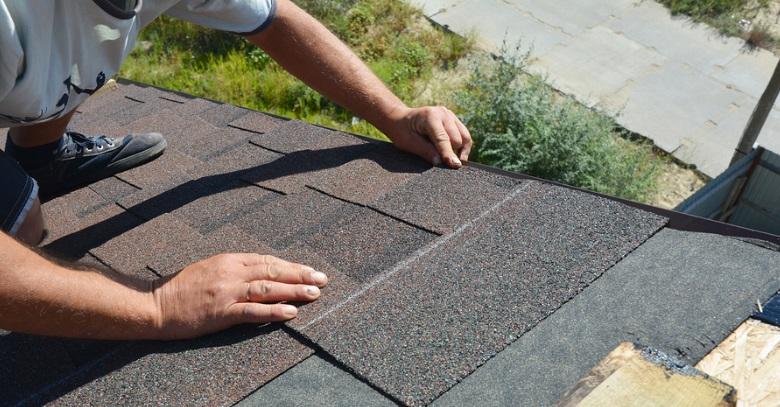Roofs are expensive, probably the most expensive single component on any building.
Costing tens of thousands of dollars even for a less expensive version, you surely want to invest in a roof that’s going to last a while.
Do you know how long yours will last?
Though every type of roofing material comes with a suggested lifespan, there is a lot more at stake when projecting just how long yours will continue to protect your house or work building!
Roofing Material Lifespan
Different roofing materials have different lifespans, which is a highly important consideration when you’re having a new one installed by qualified roofers because it really is a case of you get what you pay for.
Less expensive roofing materials in most cases are not going to last as long as higher quality but more expensive materials in their class, so keep that in mind when choosing.
To get an idea of how long your roof could last in ideal conditions, start by looking at the suggested lifespan for different popular materials as suggested by the manufacturers:
- Various Types of Asphalt Shingles - Ranges from 20 to 40+ years depending on product.
- Wood Shingles and Shakes - Shingles up to 30 years, shakes up to 40 years.
- Clay, Ceramic, Concrete - 50 years or more.
- Slate - Up to 100 years or more.
- Metal Shingles or Panels - 40 to 70 years, sometimes more.
- BUR Roofing - 20 to 30 years.
- Asphalt Roll Roofing - 5 to 10 years.
- Rubber - EPDM roofing 15 to 25 years, TPO roofing 10 to 20 years, recycled rubber shingles 50 to 75 years.
Workmanship
When guesstimating the lifespan of any type of roof, it’s important to understand that projected lifespans as stated by the manufacturer are how long the material should last under ideal conditions.
For starters, this means that the material was correctly applied by skilled roofers who have followed the manufacturer’s installation instructions so the materials are properly laid and stay secure.
Poor workmanship can significantly decrease the lifespan of any roof, which is why it’s so important to hire a reputable and knowledgeable contractor to install yours.
Maintenance and Repairs
The second important factor that can affect how long your roof actually does last in spite of whatever the manufacturer suggests is how well you take care of it.
All roofs need some maintenance, which varies; some like architectural shingles need very little while others like wood shingles need a lot more.
Keeping up with maintenance will ensure your roofing stays in great condition and lasts its full lifespan.
Regular inspections will detect problem areas if followed by prompt roofer repairs to correct those problem areas to maintain your roof and prevent it from wearing out before its time.
Will Your Roof Last A Long Time?
Other than inexpensive asphalt roll roofing, most roofs will last at least two decades.
While that may seem like a long time, time flies before you realize it and replacing any roof whether a home or a business is expensive.
How long will yours actually last?
That will depend on the materials used, how they were installed, and the kind of care your roof receives throughout its lifetime.
If you choose wisely, work with a qualified roofer, and perform proper maintenance, yours should last as long as its suggested lifespan or even longer!


